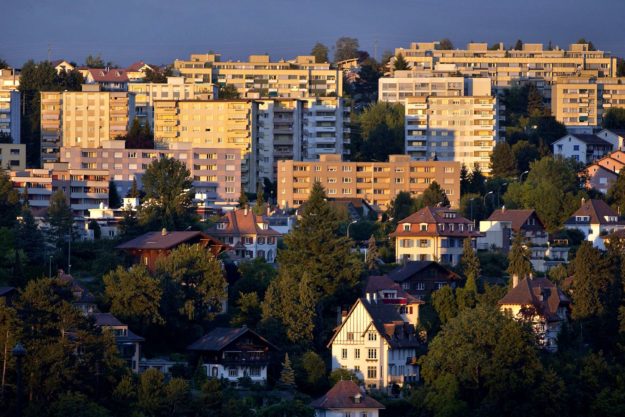Optimised building protection against natural hazards with BIM
This project is intended to develop the methods and technical knowledge needed to optimise the protection of buildings against natural hazards through Building Information Modeling (BIM). The aim is also to present specific 'best cases' in which BIM was used for risk-optimised planning.
A construction taking into account natural hazards is the logical response to the increasing damage caused to buildings by natural events. Proven design and construction solutions exist, but they tend to be disregarded. The great complexity and thematic diversity of the construction sector currently make it difficult to highlight specific aspects such as natural hazards. However, increasing interdisciplinarity and digitalisation are changing the general conditions: Building Information Modeling (BIM) brings not only modern technologies, but also new forms of organisation and processes.
BIM offers two unique ways to prevent damage from natural hazards: forward-looking planning and life-cycle thinking. The former offers great potential for the building stock of tomorrow. Natural hazards are easier to deal with if technical specialists are called in at an early stage to take part in the integral planning process using BIM. The new possibilities for model-based identification and the new prospects for eliminating planning errors by means of collision checks are very helpful in this regard.
A stronger focus on the operating phase helps to ensure the long-term maintenance of building protection measures and facilitates risk dialogue with the client and project designers, e.g. when setting protection targets.
